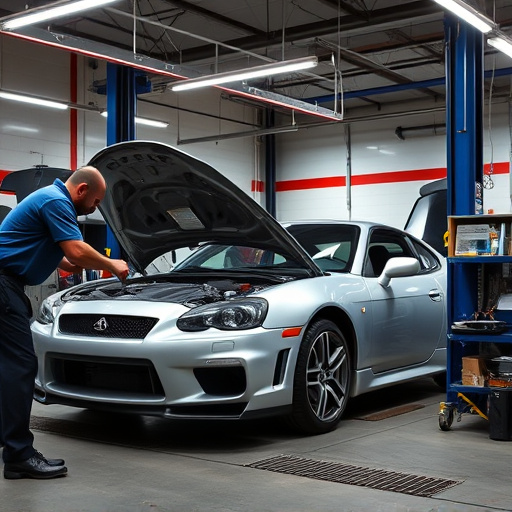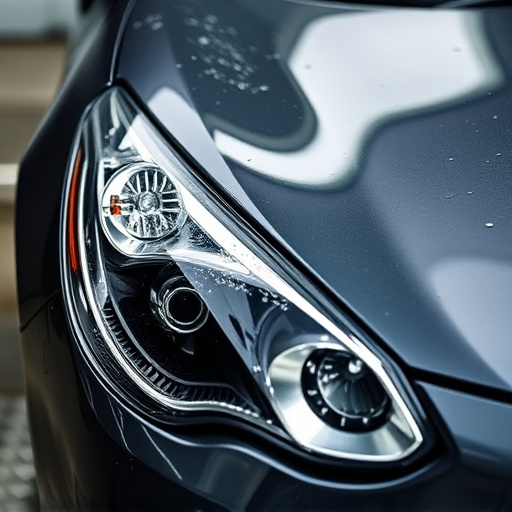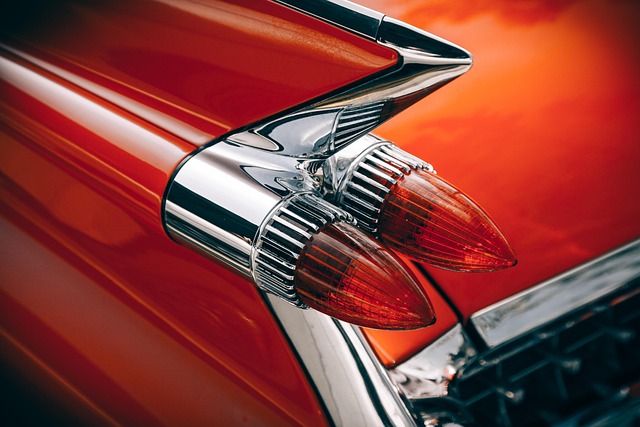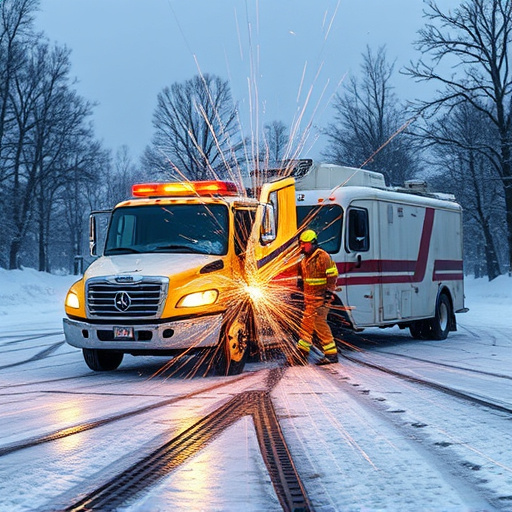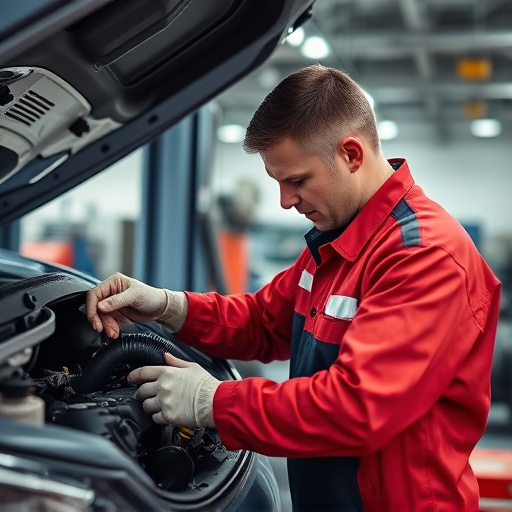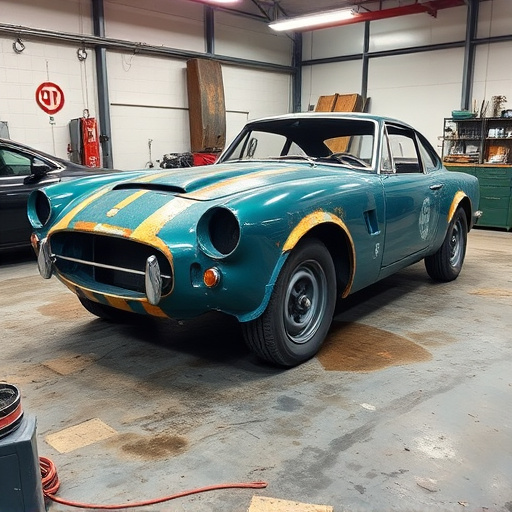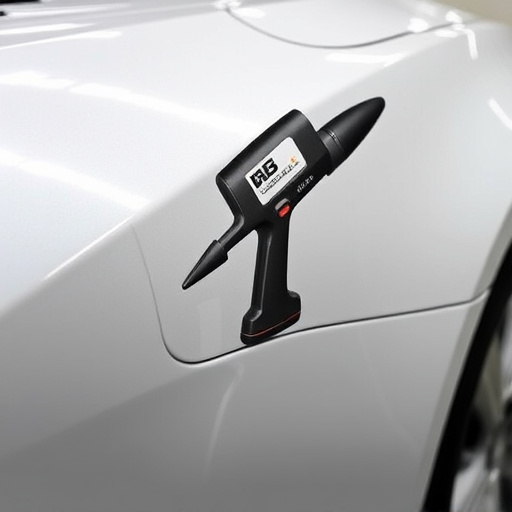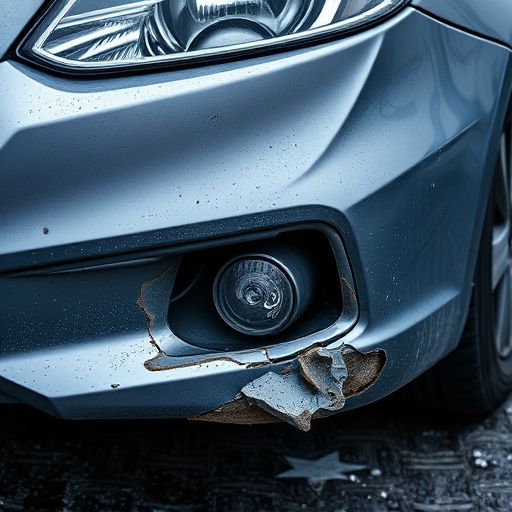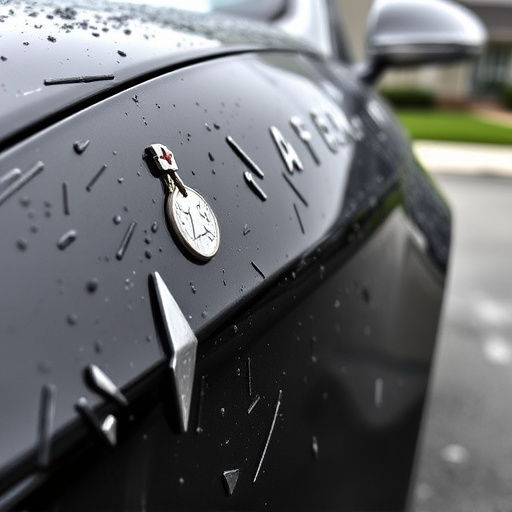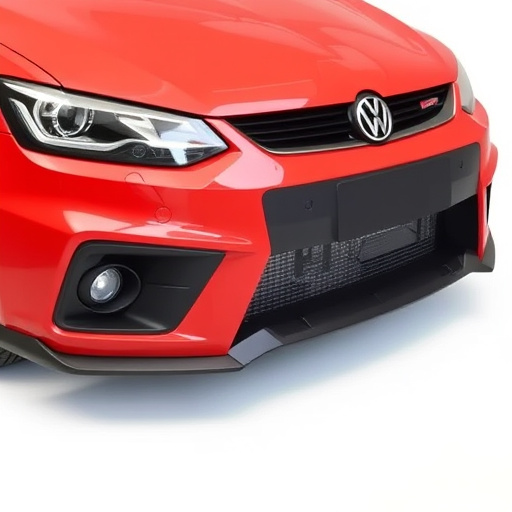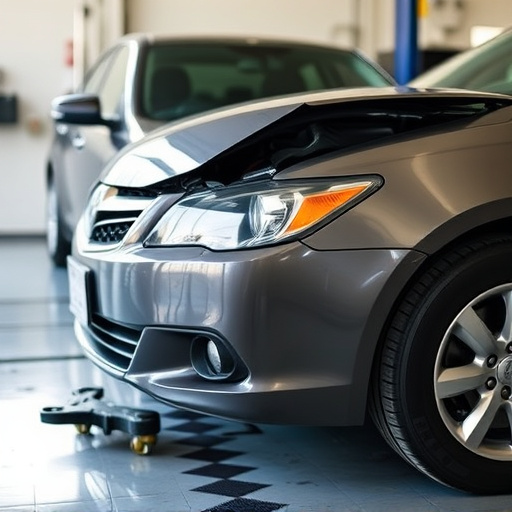Hail damage is a common issue in severe weather regions, causing dents, scratches, and potential structural problems for vehicles. Proper assessment of hail damage is crucial before choosing auto dent repair options. Services like Paintless Dent Repair (PDR) effectively restore vehicles to their pre-damaged condition, saving time, money, and preserving the car's original finish and value. The meticulous process involves examining dents, cleaning, inserting filler, sanding, priming, and painting to match the original color. Regular washing, waxing, and parking in secure spaces help maintain fresh repairs, while regular maintenance checks for fleets or multiple vehicles prevent future issues.
Hail damage can leave your vehicle with unsightly dents, impacting its appearance and value. Understanding how to effectively address this issue is key. This comprehensive guide delves into the world of auto dent repair, offering insights on identifying hail damage, navigating the repair process step-by-step, and providing essential tips for maintenance and prevention. Discover expert advice on restoring your vehicle’s pre-damaged condition through professional auto dent repair techniques.
- Understanding Hail Damage and Its Impact on Vehicles
- The Process of Auto Dent Repair: Step-by-Step Guide
- Tips for Effective Post-Repair Maintenance and Prevention
Understanding Hail Damage and Its Impact on Vehicles
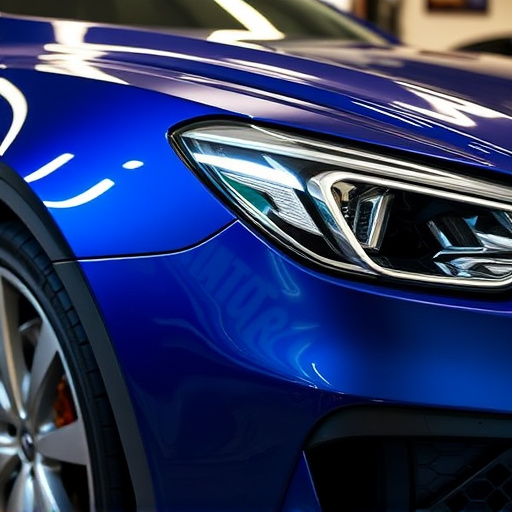
Hail damage is a common issue faced by vehicle owners, especially those living in regions prone to severe weather conditions. Hailstones, varying in size from small pebbles to large golf balls, can leave behind a trail of destruction on cars, causing dents, scratches, and even shattering windshields. The impact of hail on vehicles goes beyond just cosmetic damage; it can compromise the structural integrity and safety of a car. Even minor dents can affect a vehicle’s aerodynamics, leading to reduced fuel efficiency over time.
Understanding the extent of hail damage is crucial before considering auto dent repair options. Some dents might be superficial, while others could indicate deeper issues that require professional attention from an auto collision center or auto body shop. Car repair services often employ specialized tools and techniques, such as PDR (Paintless Dent Repair), to restore vehicles to their pre-damaged condition without the need for extensive painting. This not only saves time and money but also helps preserve the car’s original finish and value.
The Process of Auto Dent Repair: Step-by-Step Guide
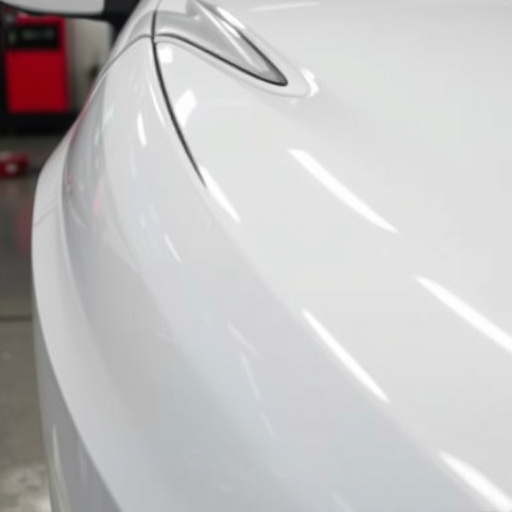
The process of auto dent repair for hail damage involves several meticulous steps to ensure a seamless and durable fix. It begins with examining the extent of the dents, which can vary from small dings to significant impacts. The technician will use specialized tools to assess the depth and location of each dent, determining the best course of action. Often, this involves using a combination of techniques like painting, filling, and shaping to restore the vehicle’s original appearance.
Next, the affected area is thoroughly cleaned to remove any debris or dirt that might interfere with the repair process. This preparation step is crucial for achieving a perfect match in terms of color and texture during the repainting stage. Once ready, the technician will insert filler into the dented area, smoothing it out to create a uniform surface. After the filler sets, they’ll sand the area gently to ensure a fine finish, followed by priming to prepare the metal for painting. This meticulous process concludes with applying high-quality paint, matching the vehicle’s original color, to conceal the repair and return the car to its pre-damage condition, effectively addressing hail damage through professional auto dent repair services.
Tips for Effective Post-Repair Maintenance and Prevention
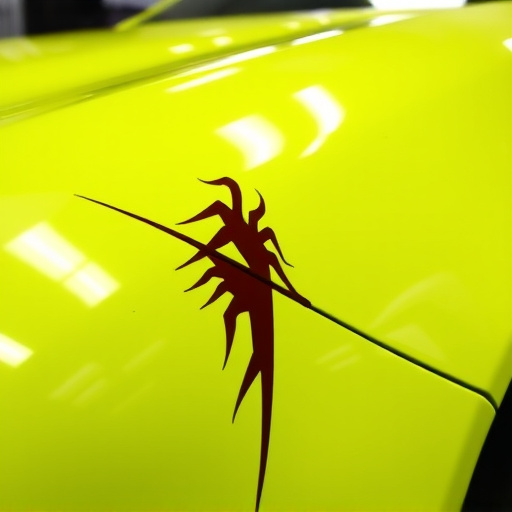
After successfully repairing hail damage on your vehicle through auto dent repair services, proper maintenance and preventive measures are crucial to keep your car in top condition. Regular washing and waxing can protect the fresh repairs, enhancing their longevity. Use dedicated car care products designed for exterior surfaces, especially around the repaired areas, to avoid damaging the paint or paint job.
Additionally, parking in secure, covered spaces or garages whenever possible can significantly reduce the risk of new dents and scratches. Be mindful of proximity to trees, power lines, and other potential hazards during parking. If you operate a fleet or own multiple vehicles, ensuring regular maintenance checks for all can prevent future issues, contributing to overall cost savings in auto body painting and vehicle body repair services.
Auto dent repair for hail damage is a crucial process that not only restores your vehicle’s aesthetic appeal but also retains its value. By understanding the impact of hail on vehicles and following a comprehensive guide for auto dent repair, you can effectively mitigate the effects of such weather events. Regular maintenance and preventive measures after the repair further ensure your car remains in top condition, minimizing future dents and saving you from costly repairs.


